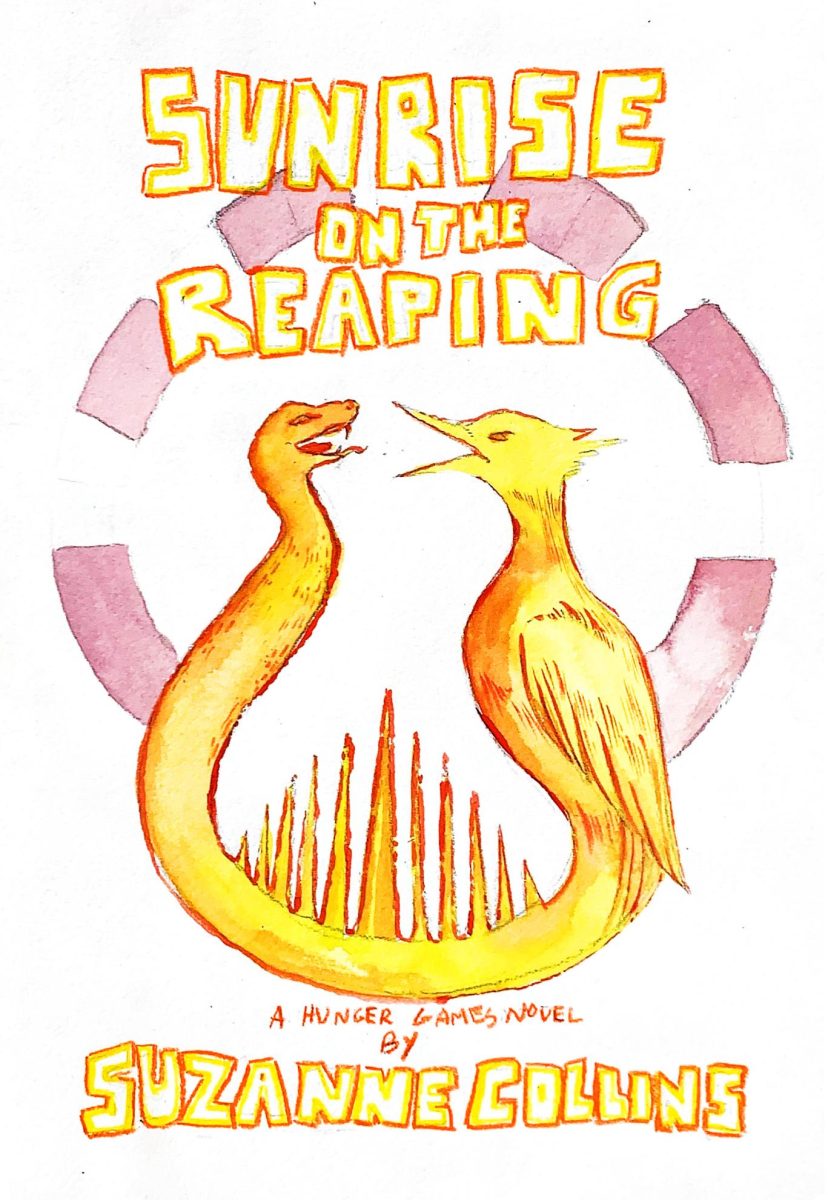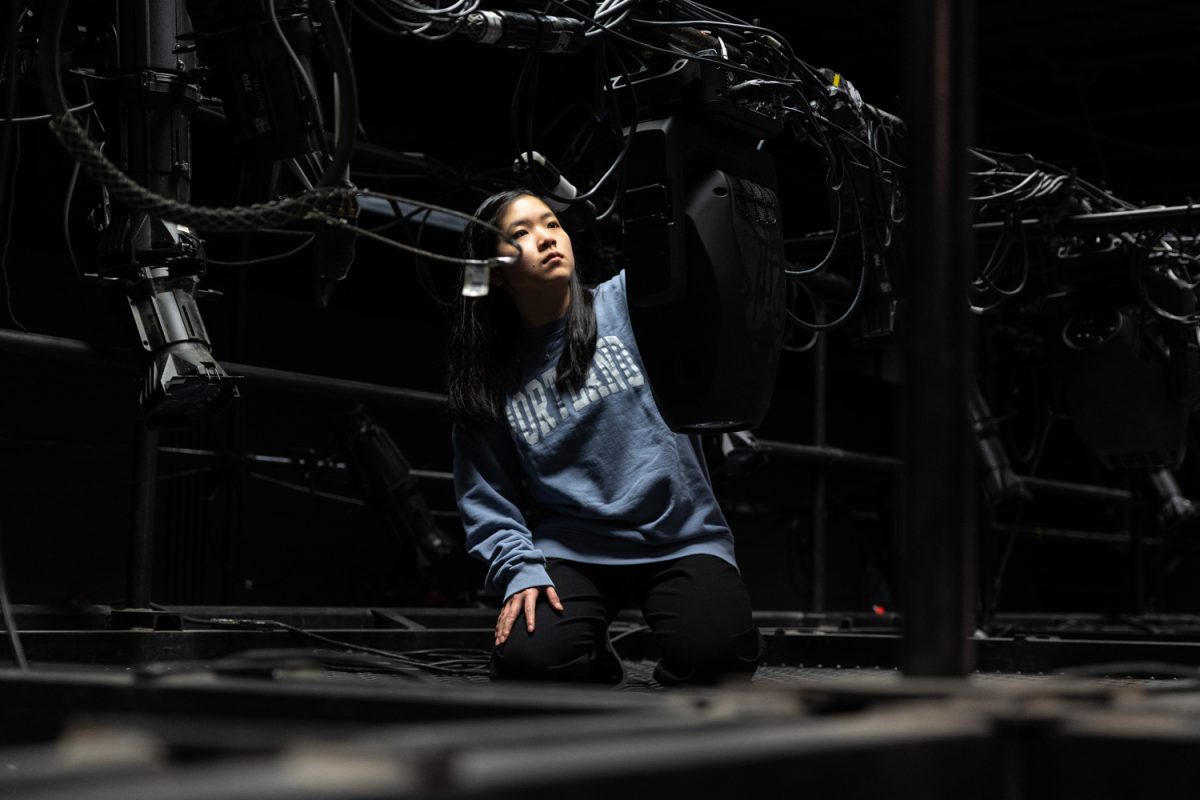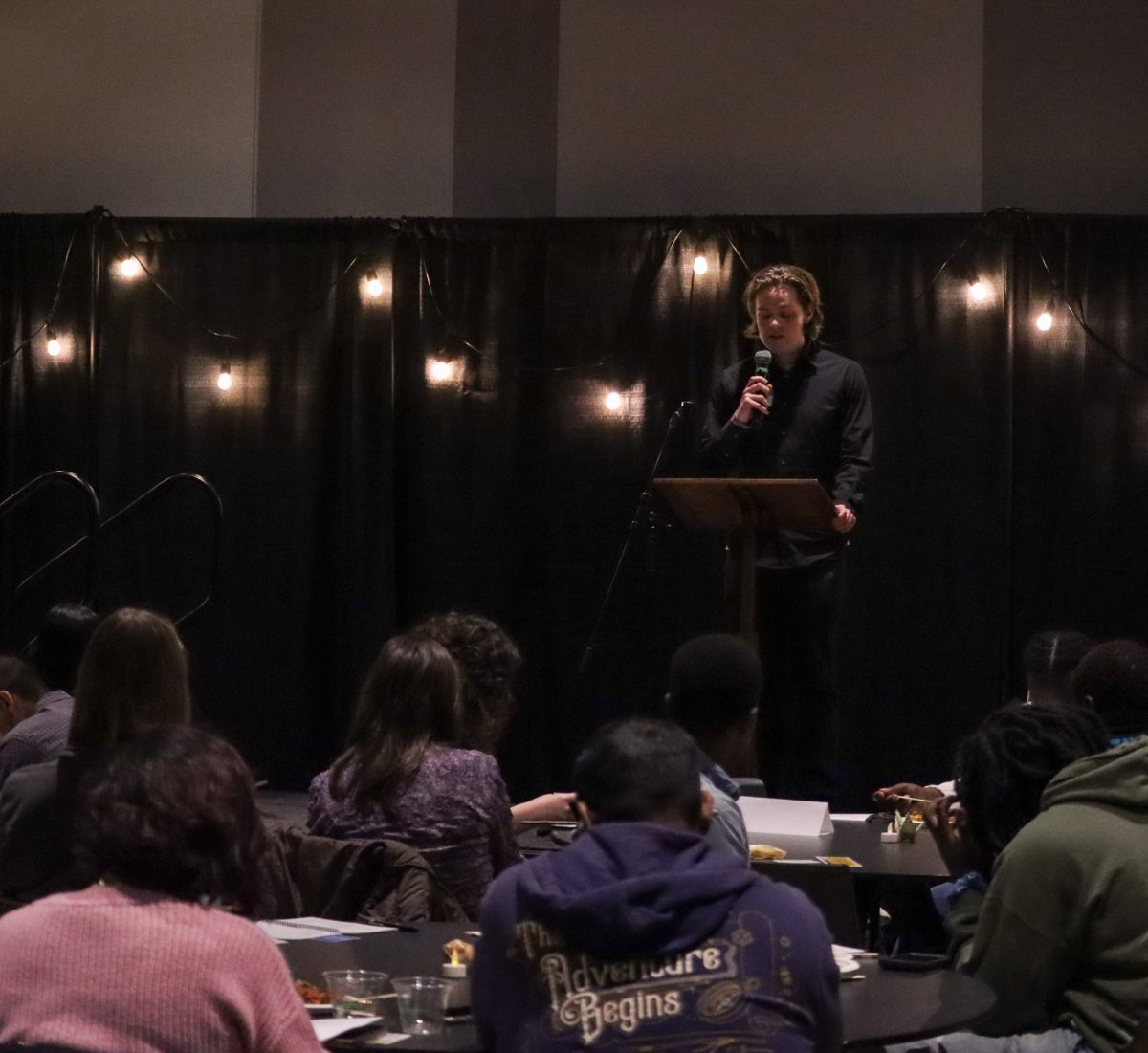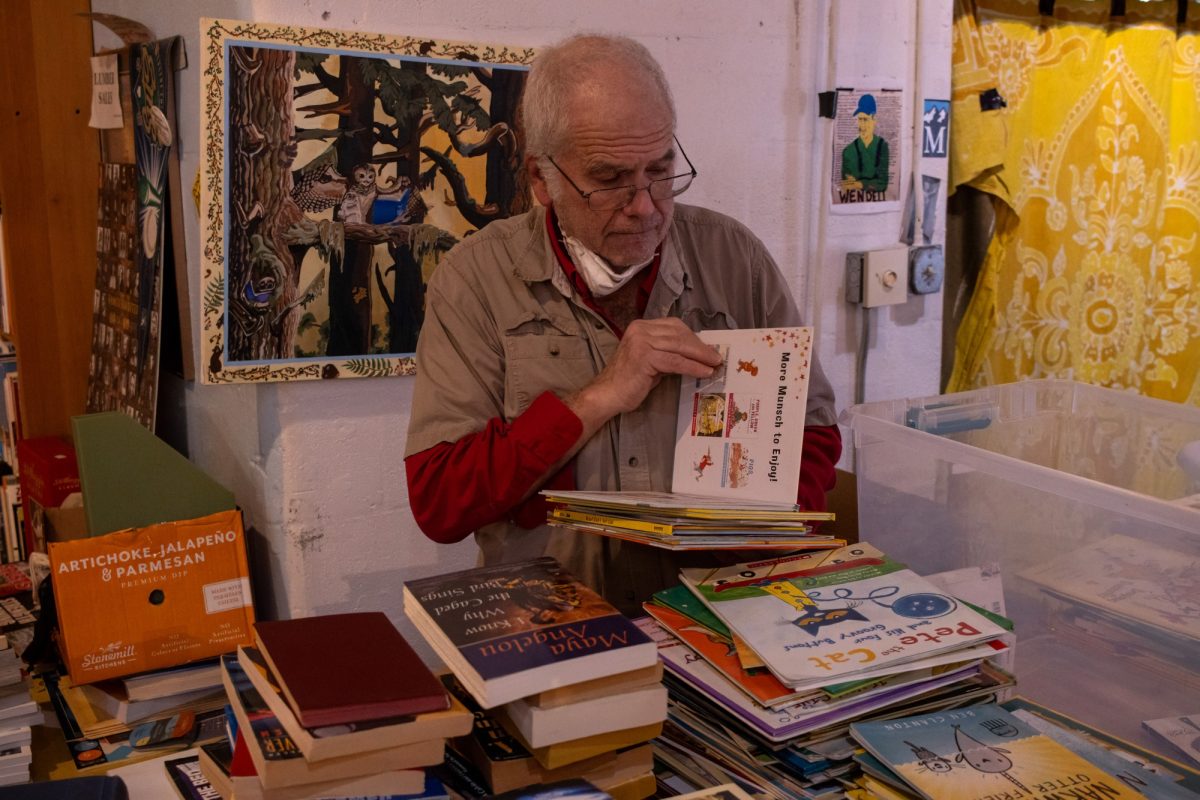When thinking of Thanksgiving, images of turkey, pumpkin pie and family gatherings often come to mind. However, this holiday is steeped in traditions that extend beyond these symbols.
Literature plays a significant role in shaping our perceptions of Thanksgiving. David Silverman, a historian and professor at George Washington University, pointed out that adults often accept these symbols passively, without critical examination.
One of the earliest accounts of Thanksgiving, “Of Plymouth Plantation” by William Bradford, highlights the Pilgrims’ experiences, launching the holiday into the spotlight. Thanksgiving transformed from a regional New England tradition into a national holiday officially proclaimed by President Lincoln in 1863.
Silverman refers to the “myth” of Thanksgiving as the idea that the first holiday was a happy occasion. “The sanitizing of that story is a project of later generations who don’t want to confront where their society comes from,” Silverman said.
Colonialism plays a big role in how this holiday started, but it isn’t often recognized in literature. Though sometimes, that is for the better.
“There’s no reason at all we have to attach the myth, which is false and quite damaging in a lot of ways, with the holiday,” Silverman said. “You can get together with your family and friends and offer thanks for the good in your lives without layering on top of it a sanitized version of colonial history.”
That sanitizing happens later on in literary history, but “Of Plymouth Plantation” set up the portrayal of the holiday in other works of American literature.
“An Old Fashioned Thanksgiving” by Louisa May Alcott was published in 1872 and revolves around the Bassett family as they prepare for Thanksgiving. It reflects the warmth and nostalgia of family gatherings during the holiday, and the familial love jumps off the page.
Published after Thanksgiving was proclaimed a national holiday, the book captures the evolving tradition of visiting extended family, especially as urbanization made such gatherings rarer and more special.
The tableau in “An Old Fashioned Thanksgiving” is timeless and resembles the family gatherings we experience today.
Modern interpretations of Thanksgiving and how people celebrate continue to influence how we perceive the holiday. “Looking for Alaska” by John Green shows how the holiday has evolved past earlier depictions of Thanksgiving.
The Thanksgiving chapter in “Looking for Alaska” focuses on the three main characters: Alaska, Pudge and the Colonel, who spend their Thanksgiving together. Although the three come from diverse family backgrounds, they come together to celebrate the holiday, showing that families can take many forms.
The Thanksgiving scene in “Looking for Alaska” is a more realistic and modern depiction of how people celebrate today. Not everyone can go home to spend time with their families, and not all families look like the ones in “Of Plymouth Plantation” or even “An Old Fashioned Thanksgiving.”
Modern interpretations of the holiday reflect real life in how there are many ways to be grateful and celebrate a holiday built on a foundation of familial love. More modern books also reflect current societal values and place more emphasis on inclusivity and belonging without regard to who you find that with.
Literature has profoundly shaped how we perceive Thanksgiving. In the same way books we read today change how we see the holiday, it did so for people in the past. As we approach this holiday, consider how stories we read influence our understanding and take a moment to think about what you are thankful for this holiday season.












